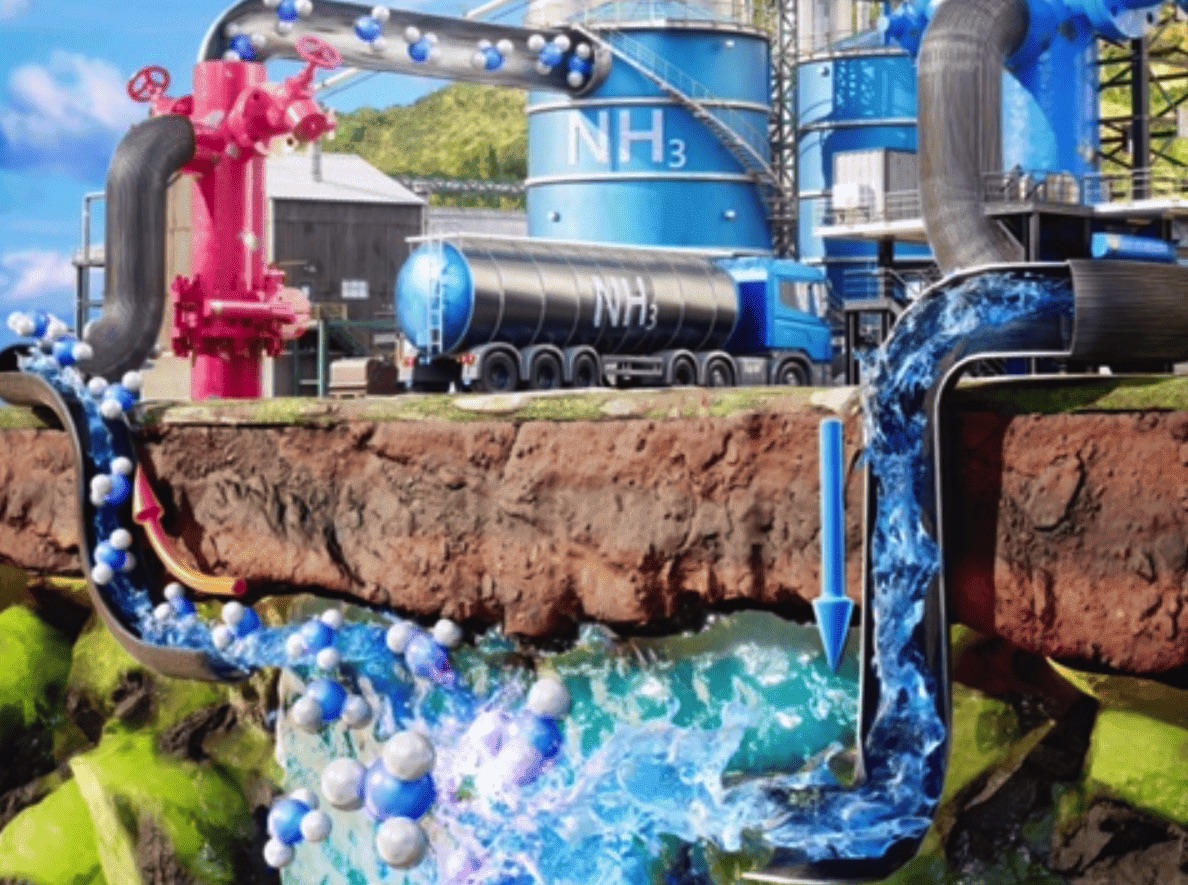
How MIT is Revolutionizing Ammonia Production Using Geothermal Resources
Researchers at the Massachusetts Institute of Technology (MIT) have demonstrated an innovative process to produce ammonia (NH3) using water, nitrogen, and iron-rich underground rocks. This breakthrough could pave the way for carbon-neutral ammonia production with minimal energy consumption.
Geological Ammonia: Stimulated NH3 Production from Rocks
Ammonia (NH3) is the most-produced chemical globally, serving as a critical ingredient in fertilizers and an essential component in the production of plastics, explosives, and synthetic fibers. In 2023 alone, global ammonia production reached an estimated 240 million metric tons, with demand expected to rise further.
However, the traditional industrial process for ammonia synthesis—responsible for about 2% of global energy consumption and 1.3% of CO₂ emissions—poses significant environmental challenges. One promising solution is geothermal ammonia, a concept pioneered by MIT researchers who developed a system to harness the Earth’s subsurface for carbon-free ammonia production.
How Is Ammonia Traditionally Produce
The most common industrial method for producing ammonia is the Haber-Bosch process, which involves combining atmospheric nitrogen (N₂) with hydrogen (H₂) at high pressure (150–200 atm) and high temperatures (350–450°C) in the presence of a metal catalyst, typically magnetite iron oxide.
Unfortunately, this process generates approximately 2.4 metric tons of CO₂ per ton of ammonia produced, making it the largest single source of carbon emissions in the chemical industry.
To reduce the carbon footprint, some efforts have turned to green hydrogen (produced via renewable energy-powered water electrolysis) and electrochemical ammonia production. However, large-scale implementation of these alternatives remains limited. Currently, only one significant facility in Denmark produces 5,000 tons of ammonia annually via electrochemical processes. Scaling up this approach to meet global demand would require a dramatic expansion of renewable energy generation and increased mining of critical minerals.
Producing CO₂-Free Geothermal Ammonia
This is where MIT’s research into geothermal ammonia production stands out. The team developed a process leveraging Earth’s natural heat, pressure, and mineral reactivity to produce NH3 directly underground. This marks the first successful demonstration of in-situ geological ammonia production as a potential alternative to traditional methods.
“We call it geological ammonia,” says Professor Iwnetim Abate, co-author of the study. “We use subsurface temperature, pressure, chemistry, and geologically existing rocks to directly produce ammonia.”
The method involves injecting nitrogen-enriched water (in the form of nitrate or nitrogen gas) and small quantities of a metallic catalyst (such as Cu²⁺ or Ni²⁺) into an olivine-rich geological area (a mineral containing iron). The reaction follows these steps:
- The water reacts with the iron in the olivine to generate clean hydrogen.
- The hydrogen then reacts with nitrogen to form ammonia.
- The resulting ammonia is extracted from the subsurface.
Through controlled experiments and isotopic testing, the researchers confirmed ammonia generation from olivine and synthetic minerals such as Fe(OH)₂. The study, published in the journal Joule, suggests that, if scaled, this technology could achieve a production rate of approximately 40,000 metric tons of NH3 per day from a single well in olivine-rich rock formations.
Why Geothermal Ammonia is a Game-Changer
The process requires no hydrogen, electricity (except to power pumps), or additional heat or pressure. More importantly, it produces no CO₂ emissions.
“Our research opens the door to using the Earth’s subsurface as a reactor, with abundant rocks as raw materials, to theoretically produce enough NH3 to sustain production for 2.42 million years while minimizing environmental impact. This innovation supports sustainability and decarbonization in the chemical and energy sectors,” the researchers explained.
While practical implementation remains complex, the technology’s potential is immense. In the future, the system could even utilize nitrogen from wastewater to fuel the reaction, further enhancing its sustainability profile.